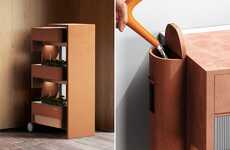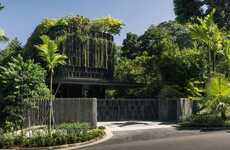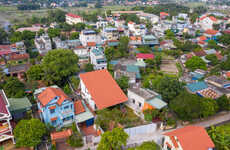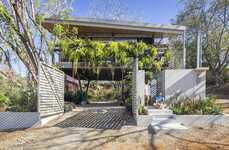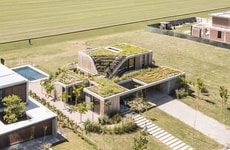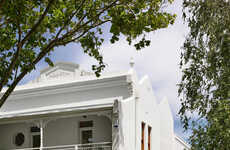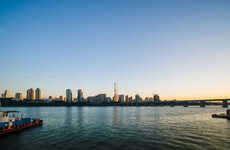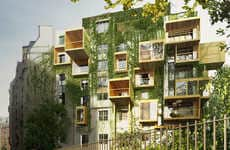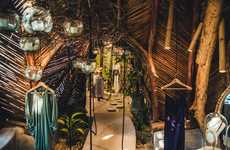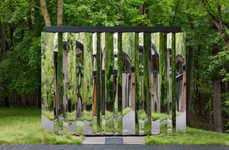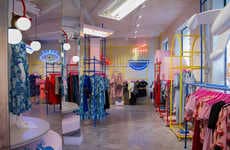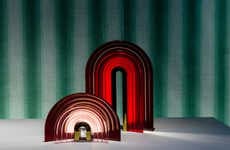
Penda Conceptualizes a Self-Sufficient Home in Kassel, Germany
References: home-of-penda & dezeen
Architectural studio Penda visualized a fully self-sufficient home for a family who desired to live and work off-the-grid. The request means that the residents plan to produce their own food at home, including vegetables, herbs and fruit. To satisfy this need, the studio's design boasts a terraced roof structure that incorporates planters. This garden occupies the majority of the building's footprint. During the winter, the owners have been provided with greenhouses and rows of planters that would suffice for the cold months.
It is endearing that during the design of the Yin & Yang residence, studio Penda was aware that through architectural interference, one takes something away from nature. As the conceptualization of the self-sufficient home developed, the architects aimed to "give [the] space back to plants on the roof," as well as nature itself.
It is endearing that during the design of the Yin & Yang residence, studio Penda was aware that through architectural interference, one takes something away from nature. As the conceptualization of the self-sufficient home developed, the architects aimed to "give [the] space back to plants on the roof," as well as nature itself.
Trend Themes
1. Self-sufficient Homes - Designing homes that are fully self-sufficient, enabling occupants to live and work off-the-grid, presents opportunities for architects and builders to create innovative green living spaces.
2. Terraced Roof Structures - Incorporating planters into terraced roof structures presents an opportunity for architects and builders to add green spaces to buildings while also providing a sustainable way of growing food.
3. Greenhouse Design - Designing greenhouses that can sufficiently meet the needs of homeowners during the winter months presents opportunities for architects and builders to create innovative structures that can contribute to both energy efficiency and self-sustainability.
Industry Implications
1. Architecture - Architects can incorporate self-sustainability features into their designs to facilitate off-the-grid living, a trend that is gaining popularity as people become more environmentally conscious.
2. Construction - Builders can incorporate innovative self-sustainability features into their constructions to create green homes and buildings, which not only contribute to sustainability but also provide a unique selling point for homebuyers and renters.
3. Horticulture - Growing fruits, herbs, and vegetables on rooftops presents horticulturalists with an opportunity to tap into a new market and provide fresh, organic produce to homeowners and building occupants, presenting a new avenue for the distribution of produce.
5.9
Score
Popularity
Activity
Freshness


